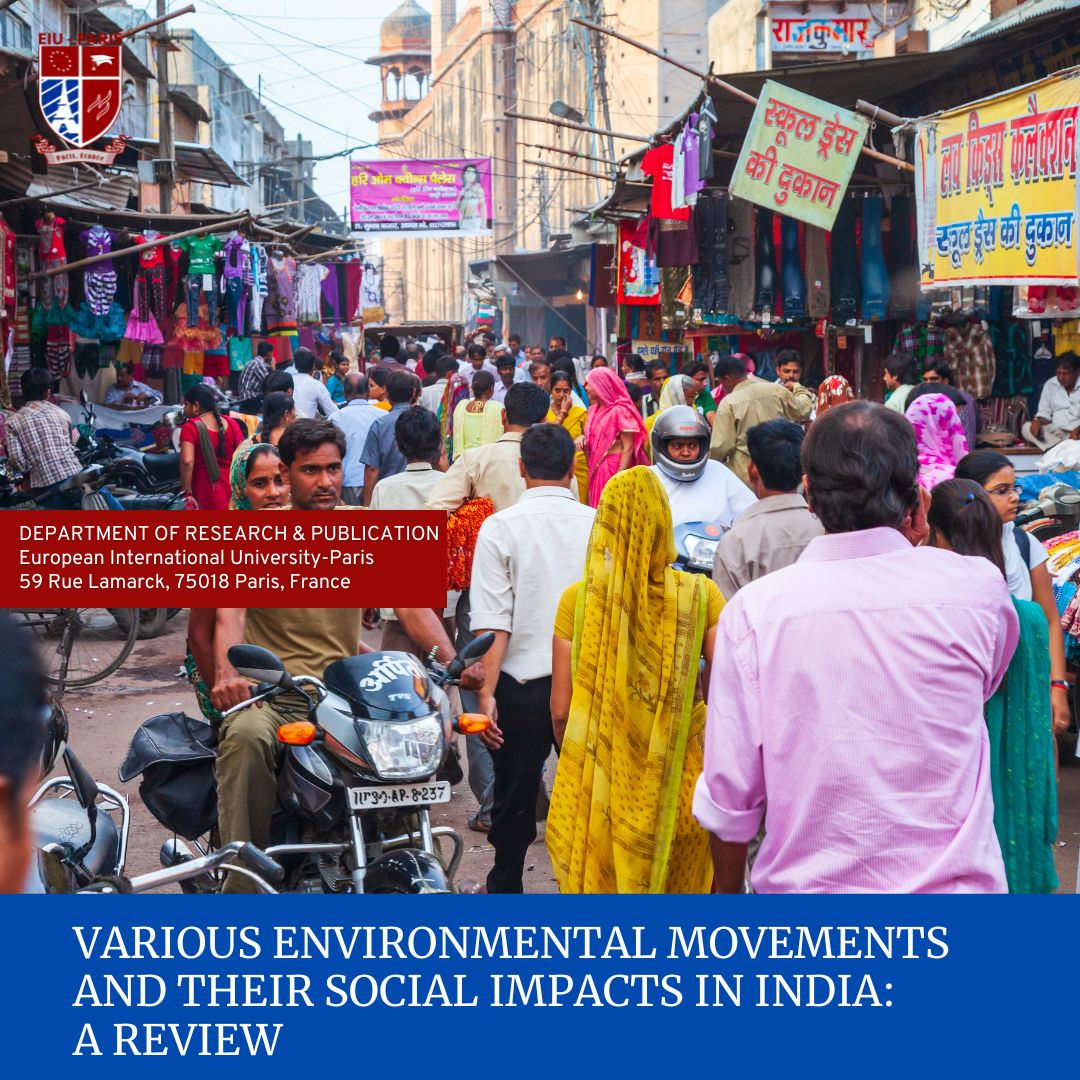- Version
- Download 9
- File Size 841.70 KB
- File Count 1
- Create Date May 31, 2025
- Last Updated May 31, 2025
VARIOUS ENVIRONMENTAL MOVEMENTS AND THEIR SOCIAL IMPACTS IN INDIA: A REVIEW
The present article systematically analyzes the different environmental movements in India and looks at how these movements developed, what their prime goals were, and how they shaped the political and social environment towards the protection of the environment. This article investigates how “people’s movements” have defined environmentalism in India, beginning with the 1973’s Chipko Movement, when people began to hug trees in protest against the illicit felling of forests. Also, other important movements include the Narmada Bachao Andolan which fought against the construction of large dam projects, and the Silent Valley Movement, stopping the hydroelectric project for conservation purposes. This article also discusses the more recent Anti-POSCO Movement and the Save Aravali Movement and the out-group resource conflicts promotion through economic globalization including industrialization and urbanization. In examining the socio-political and ecological contexts of these movements, the review emphasizes the complex relationships between
environmental movements, governance structures, and local people’s involvement in conservation in the Indian context. The last section evaluates the present status of environmental movements and draws attention to the gaps in policy integration and public participation to avert future environmental catastrophes.

Rohit Kumar Pal* Department of Biological & Environmental Sciences, R.I.C.E Group, Kolkata Contributing Research Scholar, European International University, Paris, France

